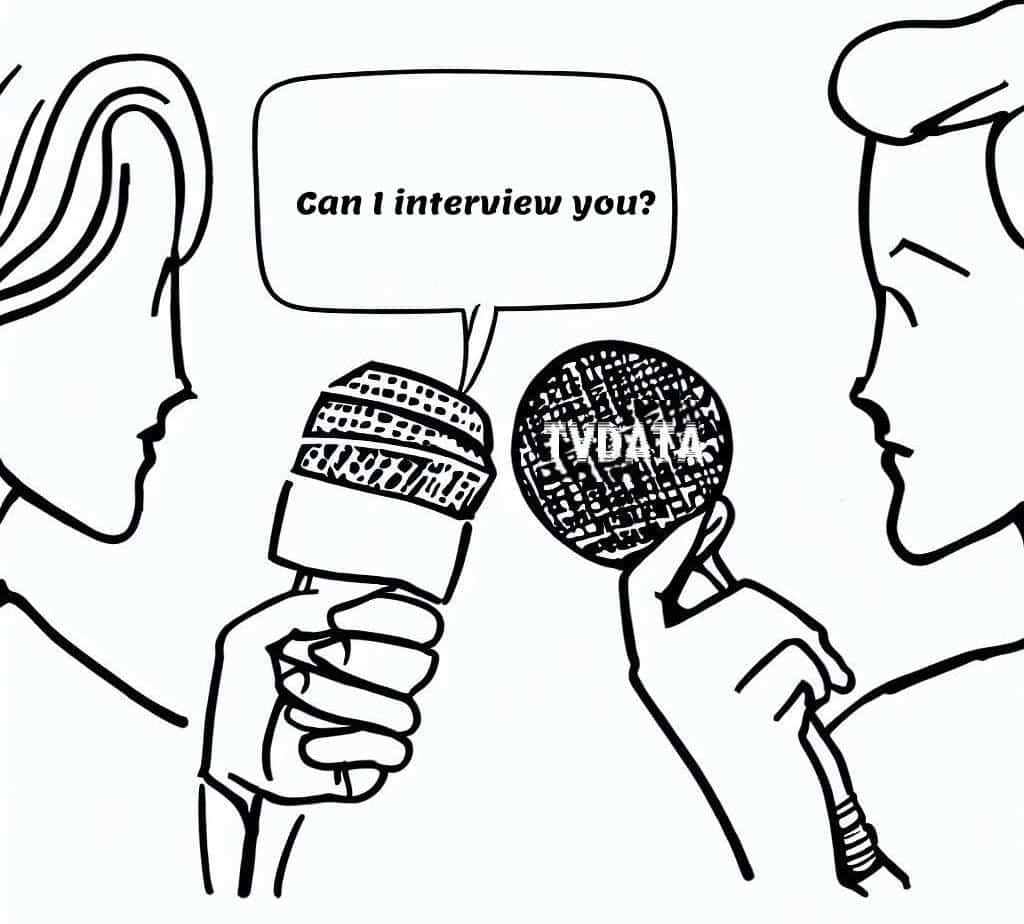Using close-up footage of people looking directly into the camera can potentially present legal issues due to privacy rights and considerations of consent. Here’s why:
Right to Privacy: Everyone has a right to privacy. This includes the right not to have one’s image recorded and disseminated without permission. When an individual’s face is clearly visible in a close-up shot, particularly if they are looking into the camera, it’s a direct intrusion into their private sphere.

Right to Privacy
- Model Release: Close-ups of people that are identifiable require a model release. A model release is a legal document provided by the subject of a photograph or video granting permission to use or publish the image in one form or another. Without this signed release, you may be open to legal risk for violating the individual’s privacy rights if you use the footage commercially.
- Commercial Use: If the footage is intended for commercial use (e.g., in advertising), the need for explicit consent becomes even more critical. Using someone’s likeness for commercial gain without their permission can lead to legal actions including claims for misappropriation of likeness or violation of the right of publicity.
Recognizable Individuals:
Clear recognition of individuals in footage grants them specific rights regarding the usage of that footage, especially in commercial or public contexts. This holds particular significance if the person is a minor, a celebrity, or in a sensitive situation – such scenarios call for higher protection of their image.
Expectation of Privacy:
When filming occurs without the knowledge or consent of individuals, particularly in locations where they can reasonably expect privacy such as their own home, they can assert that it’s an invasion of their privacy.
Footage Taken in Private Spaces:
When you film an individual in a location where they might reasonably expect privacy, like their own home, you typically need to secure consent. This is the case even if you intend the footage for editorial use.
For these reasons, it is always a good idea to obtain written consent before filming people in a way where they could be easily identified, especially in close-ups or when they are looking directly into the camera. Using generic footage where individuals are not easily identifiable is a safer approach, particularly for commercial purposes, as it avoids these legal complications.
Consent and Rights Management in Documentary Footage: The Importance of Ethical Licensing for Close-up Interviews
Given the complex ethical and legal considerations associated with the use of specific footage, TVDATA requests that all users ensure they have the appropriate rights-managed permissions in place. This helps ensure the respect and privacy of individuals portrayed in the footage, especially when the context of the footage changes during the production process. Rights-managed permissions are not just a formality but a demonstration of respect for the individuals in the footage and their expectations of privacy. At TVDATA, we take these considerations seriously and are committed to helping our users navigate them successfully.

Out-of-Context Usage: Sometimes, an interview clip might be edited or used in a way that alters the original intent or context of the subject’s words. This could potentially create a misrepresentation of the person’s views, intentions, or actions. This is especially concerning if the change in context portrays the individual negatively or falsely.
editorial use of images or footage, such as in news broadcasts or documentaries
While editorial use of images or footage, such as in news broadcasts or documentaries, typically enjoys a certain amount of protection under laws related to free speech and press, it is still crucial to consider the need for consent when using recognizable images or footage of individuals. Here’s why:
- Ethical Considerations: Even when the law doesn’t always mandate it, seeking consent often embodies good ethical practice. It respects the privacy and autonomy of individuals featured in your work.
- Sensitive Situations: Footage that captures individuals in sensitive or potentially defamatory situations can bring legal risks, even when you use it for editorial purposes.
- Recognizable Minors: Footage of children often requires consent from a parent or guardian, even for editorial use.
- Possible Commercial Implications: If you might use the footage for commercial purposes in the future (for instance, in advertising) or sell it for such uses, securing the appropriate releases is critical.
- Varied Laws Across Jurisdictions: Laws around the use of people’s likenesses can vary significantly from one jurisdiction to another. In some cases, even editorial uses could require consent, particularly in jurisdictions with strong personal rights laws.